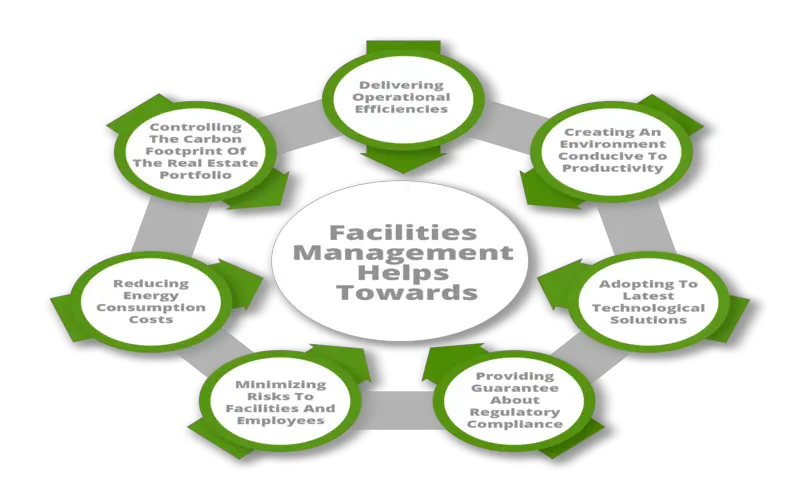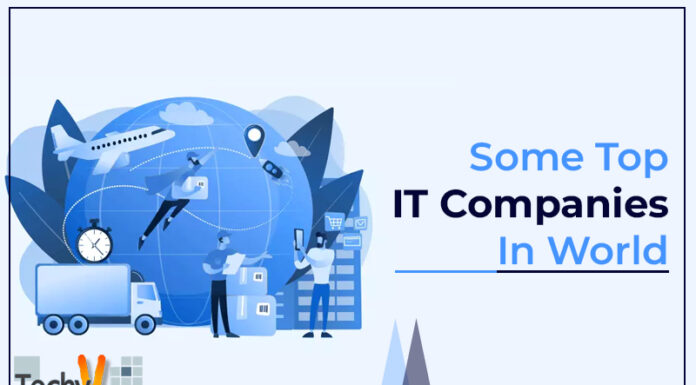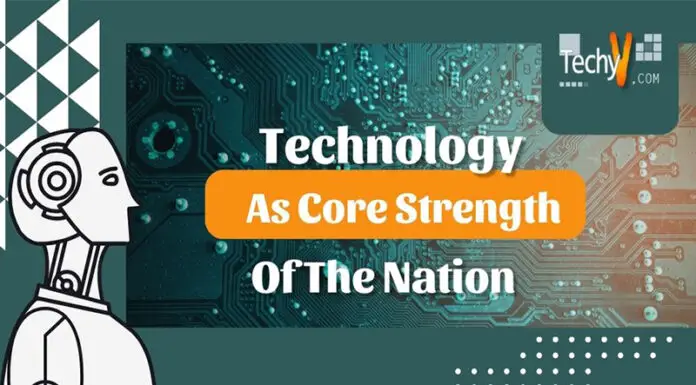What Are Composable Platforms?
Composability is manufacturing software using “building blocks” consisting of interchangeable, integrative company capabilities. At their most primary stage, composable platforms are what non-technical teams and people use to collect and gather those building blocks to generate their full-blown software solutions, all without always having to write even a line of code.
Behind the pirate of compostable platforms are devices that enable standard-trained software developers and IT professionals to implement a simple-to-manage, fully integrated operational architecture that supports every department and is itself compostable.
How Do Composable Platforms Work?
Composable platforms are employed in much the same way. They provide nontechnical groups with a type of architecture that theoretically provides the best follows and innovative expertise required to interrelate with complicated software pieces with which to manufacture and constitute sophisticated software solutions via a no-code surface.
They empower IT and developer teams to adapt libraries of innovation abilities or LEGO blocks that nontechnical groups can use in any number of compounds to customize and enhance their solutions.
In a composable organization, groups and people who have in standard operational surroundings been impotent to solve their issues or innovate in their own right become discharged to do accurately that in turn, manage in a true agile fashion.
Benefits Of Composable Platforms?
Composable applications have several facilities over imposing programmers. Agility is a significant facility. By separating into smaller, individual components, development teams can work on numerous modules simultaneously, speeding up the development process. Each module can be corresponded, tested, and deployed identically, allowing more frequent upgrades and shorter time-to-market.
1. Supports An Omnichannel Reached
Users are challenging more ways and channels to merge with your brand. Transforming an omnichannel reach, one where content is outlined to reach multiple channels is a solution to meet this new requirement.
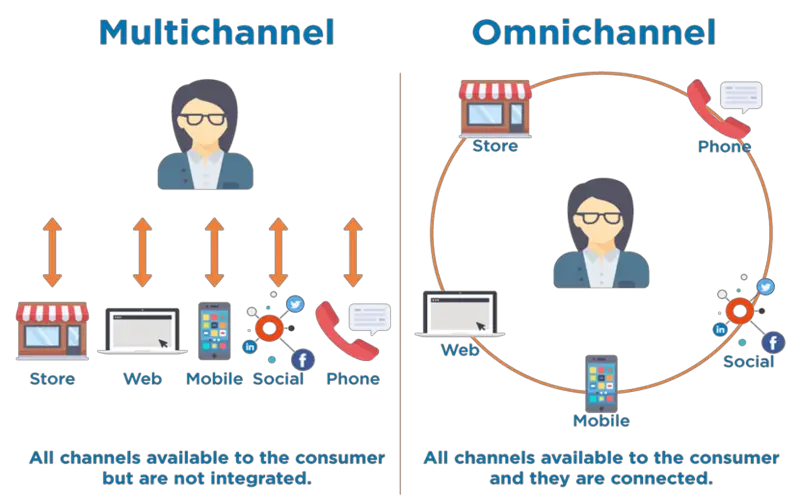
2. Composable Infrastructure Enables You To Embrace This Kind Of Marketing Through Its Flexibility
It can choose each identical innovation you want to use; you are free to add to or remove innovation supports your omnichannel requires. There is no limit to scaling, and since the parts are planned to be reusable, it’s fast and straightforward to grow in a way that’s still maximized to each identical channel.
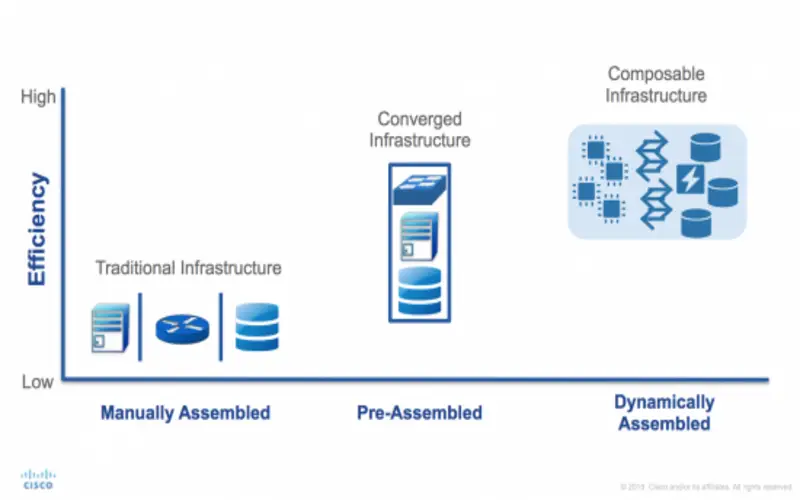
3. Simplicity
A composable structure surrounding offers less general complicated by providing a single structure model used across the management, as against too many differing and disconnected workflow-centric resources. It enables a more open learning environment, less contribution in staff training, and fewer silos of practical knowledge that frequently serve as barriers to change.
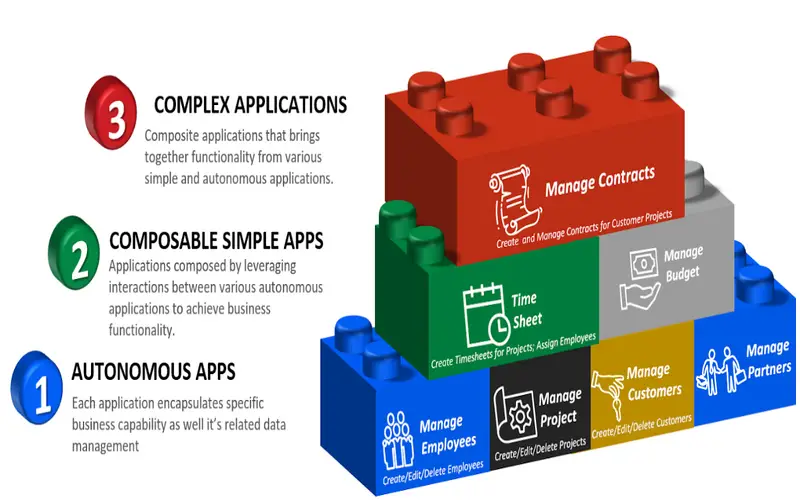
4. Efficiency
The composable structure is individual in that it consistently supports IT service delivery. Workloads adjust with companies’ demands, and automation offers more effective structure management from top to bottom. This operational effective gain means fewer dollars spent on more outstanding results.

5. Flexibility
The composable structure is extended to a single operating model and runs virtual machines, bare-metal, or within a store environment. With this flexibility, businesses may go all in with composable or acquire a more bimodal reach, employing legacy parts and systems for a rigid, predictable workload alongside new composable transporting models focused on speed, growth, and technical applications.
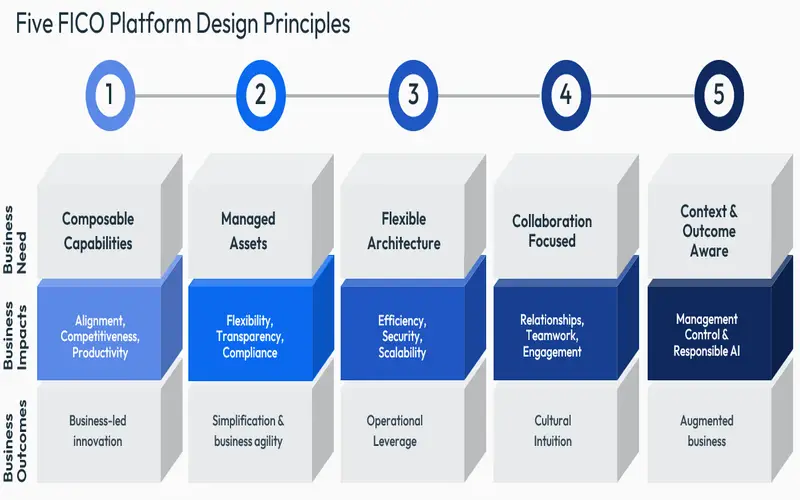
6. Agility
Composability also means agility. Composable structure allows flexible, fluid, frictionless groundwork and the ability to ramp up or scale back at will. Working within a united data centre also removes siloed teams that impede operations and reduces Capex and OpEx needs.
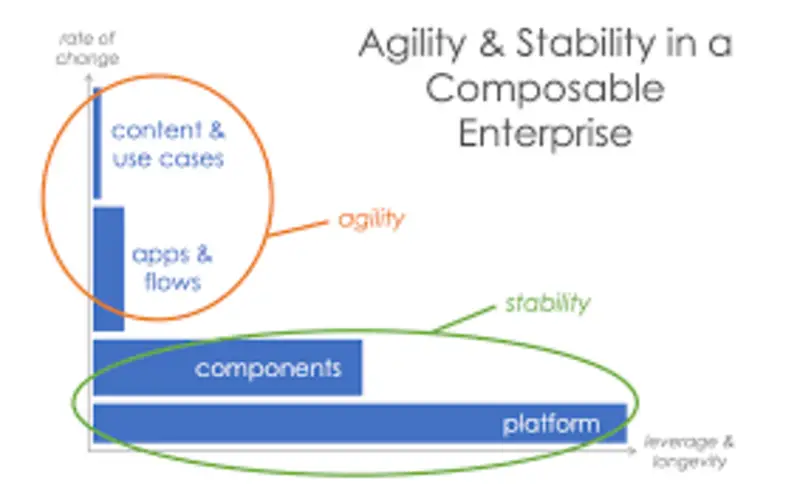
7. Modernization
Large-scale innovation shifts are directly resulting from the implementation of agile and DevOps employment strategies. This modernization of innovation on the front end needs back-end systems that are immediately adaptable and suitable for any workload. Structure resources must be more responsive than ever and gather on request, software-defined, pooled, and comprised of requirements of modern application workloads. The result is the merging infrastructure as code movement within the DevOps society, directly addressed by composable infrastructure.
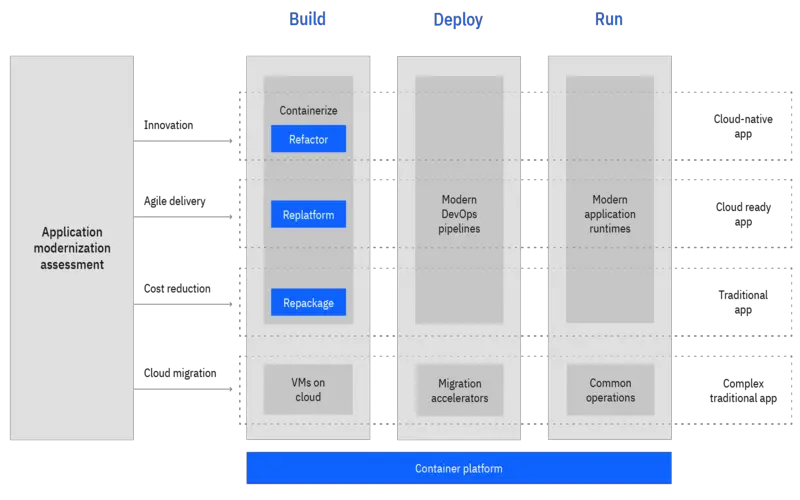
8. Automatic Integration
With composable infrastructure, IT can plug in the latest tool, and much like plug and play on a PC, the component is immediately and automatically added to the resource pool. The hardware and software needs are designed and developed simultaneously to work simultaneously. Maintenance must be handled as needed on the go. One no longer has to wait for the other.
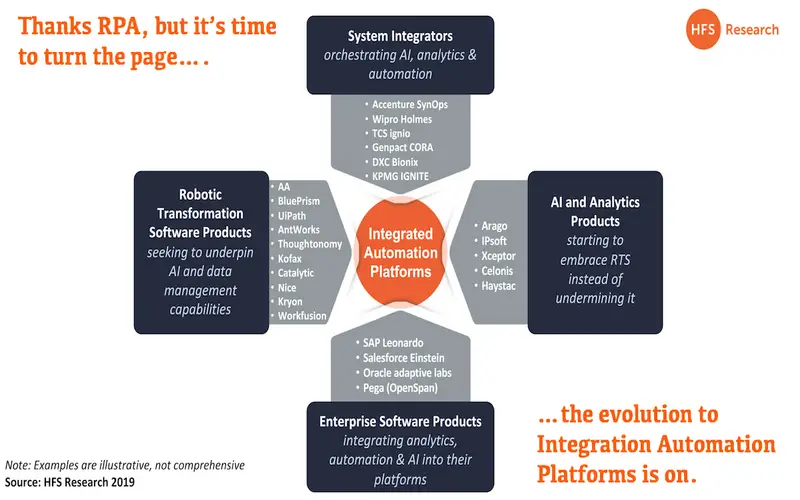
9. Enhancing Tracking Intelligence And Speed
Standard user data platforms, while still efficient, generate irrelevant complexity that causes marketers and their brands to spend too many resources. Though they are manufactured to create single consumer profiles to enhance data collection and management, user data often gets recreated, making excess copies and making it harder to track user data. Composable user data platforms eliminate data duplication while providing real-time user tracking intelligence to access applicable user insights. Along with these product recommendations, focus firstly on user scoring and exact time customization.
10. Adding Creativity To Data Organizations
When composable innovations are combined into user data platforms, brands add a much-required imagination to data organization. Companies can successfully influence user data in bite-sized blocks without comprehensive data mining. Data managers and developers can expand a 360 system within a closed and object data warehouse, gathering and unifying user data to generate 360 profile scenarios transported to a user data warehouse, ensuring a determined system for all users.
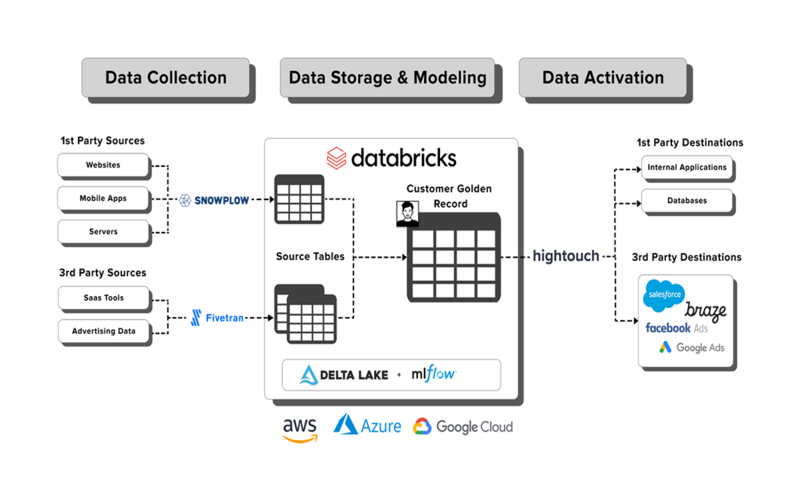
11. Organizational Facilities
Transitioning to composable parts and APIs can bring various facilities to your companies, both in terms of organizational structure and advancing processes. Your management can develop components and APIs involving internal and external third-party software by breaking down software into smaller, reusable sections. This shows faster deployment, reduced costs, and greater adaptability in replying to changes in the market or company’s requirements.
